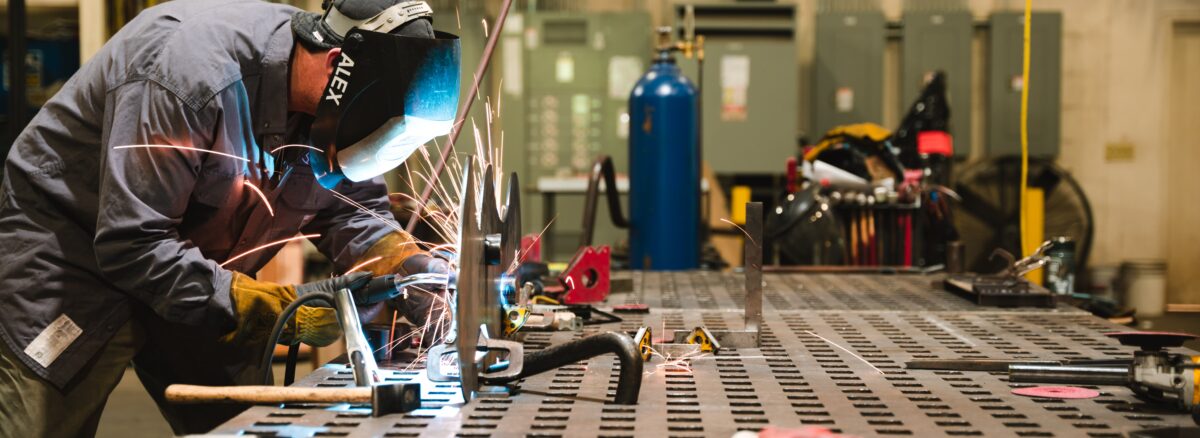Control method of electrode arc welding molten pool temperature
During practical operations in shielded metal arc welding, defects such as weld nodules, burn-through, incomplete penetration, concavity, inclusions, and poor formation often occur. A key factor contributing to these defects is the inability of operators to effectively observe and control the weld pool temperature.
Weld pool temperature directly affects weld quality. When the temperature is high, the pool is larger, and the molten metal flows smoothly, making fusion easier. However, if it’s too high, the molten metal tends to drip. This can result in burn-through on the backside of a single-side weld, creating nodules. Such conditions also make shape control challenging and reduce the joint’s plasticity, making it more prone to cracking upon bending. On the other hand, when the pool temperature is low, the pool becomes smaller, the molten metal appears darker, and its flow is restricted. This leads to defects like incomplete penetration and inclusions.
Weld pool temperature is closely related to factors like welding current, electrode diameter, electrode angle, and arc burning time. To control the weld pool temperature, consider the following measures:
1. Welding Current and Electrode Diameter:
Based on the weld joint’s position and layers, select an appropriate welding current and electrode diameter. For instance, when starting a 12mm plate butt weld, you might use a φ3.2mm electrode with a current of 80-85A. For filler and cap passes, a φ4.0mm electrode with a current of 165-175A may be more suitable. Properly choosing welding current and electrode diameter is fundamental for controlling weld pool temperature and ensuring good weld formation.
2. Electrode Manipulation:
A circular motion results in a hotter pool than a crescent motion, which in turn is hotter than a zigzag motion. For a 12mm plate bottom weld, using a zigzag motion, combined with controlled oscillation and pauses at the groove edges, can effectively control the weld pool temperature. This ensures consistent weld penetration and reduces the likelihood of defects like nodules or burn-through, making single-side welding with double-sided formation easier.


3. Electrode Angle:
When the electrode’s angle relative to the welding direction is 90 degrees, the arc is concentrated, leading to a hotter pool. A smaller angle disperses the arc, resulting in a cooler pool. For instance, in a 12mm plate bottom weld, an angle of 50-70 degrees can help reduce the pool temperature, preventing defects like backside nodules. After changing the electrode in the same setup, using an angle of 90-95 degrees can quickly increase the pool temperature, ensuring smooth penetration and even backside formation, reducing the chance of concavity at the joint.
4. Arc Burning Time:
In training exercises involving φ57×3.5 pipes in horizontal and vertical fixed positions, the arc-on time directly impacts the weld pool temperature. Given the pipe’s thin walls and limited heat capacity, adjusting the frequency of breaking the arc can lead to porosity. Thus, controlling the arc-on time becomes essential. If the weld pool temperature is too high and the pool too large, you can reduce the arc-on time. This helps in lowering the pool temperature, ensuring optimal inside pipe weld height, and preventing excessive buildup or nodules inside the pipe.
In essence, understanding and controlling the weld pool temperature is crucial for achieving quality welds. Proper training and technique adjustments, depending on the material and position, can significantly reduce the occurrence of common welding defects.


